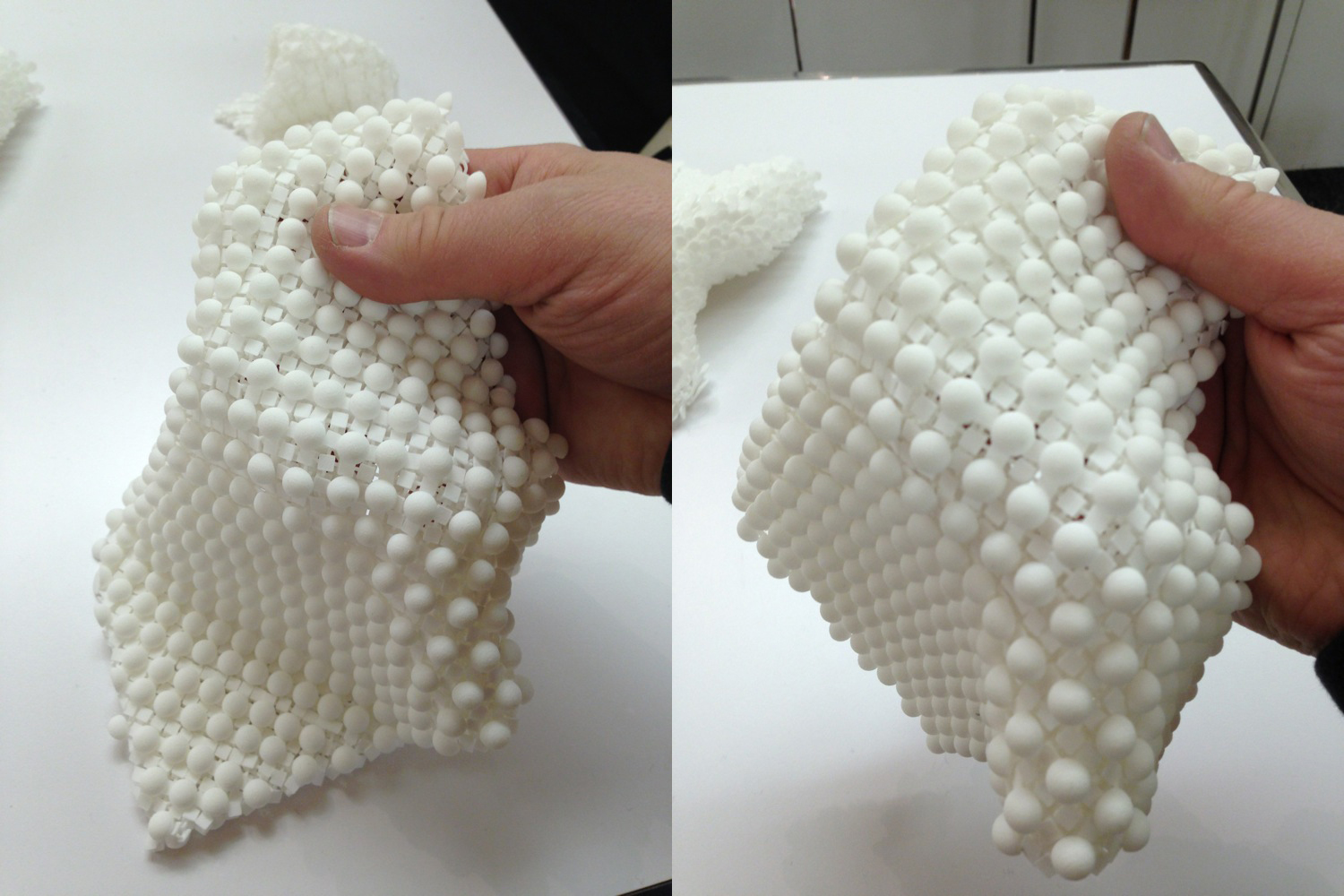Mashable proposes that 3D printing will enable a “Napster for Fashion”. We don’t think so.
Napster, if you are old enough to recall, was a primitive file sharing system in which users were able to share digital copies of recorded music. Rip a CD; put it on Napster; everyone has access. At its peak, one could pretty well find any desired song on Napster within minutes. You could download an exact digital copy of the real music product. For free!
Mashable proposes that something similar could happen to fashion. They imagine (in the future) being able to download digital copies of fashion pieces that could be replicated on home 3D printing equipment, resulting in copyright chaos.
Aside from the likelihood that fashion printers might take a few years to emerge, we agree that numerous issues would result in such a scenario, but all depend on being able to download a digital copy of the fashion item.
Where do these copies come from?
In the Napster universe, anyone could quickly and easily produce a perfect (or near-perfect) copy of the music products. This is not the case for fashion. 3D scans of fashion items are possible, but their resolution and accuracy are probably insufficient to generate useful 3D models. This is particularly true if 3D printed fashion continues to use ever-smaller chainmail-like flexibility features like those above. How could you reliably 3D scan them? Even worse, how could you re-engineer these massively complex structures into 3D printable models with CAD software? That’s just not easy to do.
Maybe someone will break into fashion designer offices and steal their digital files, but aside from that we believe fashion items are probably safe for quite a while.
Via Mashable


